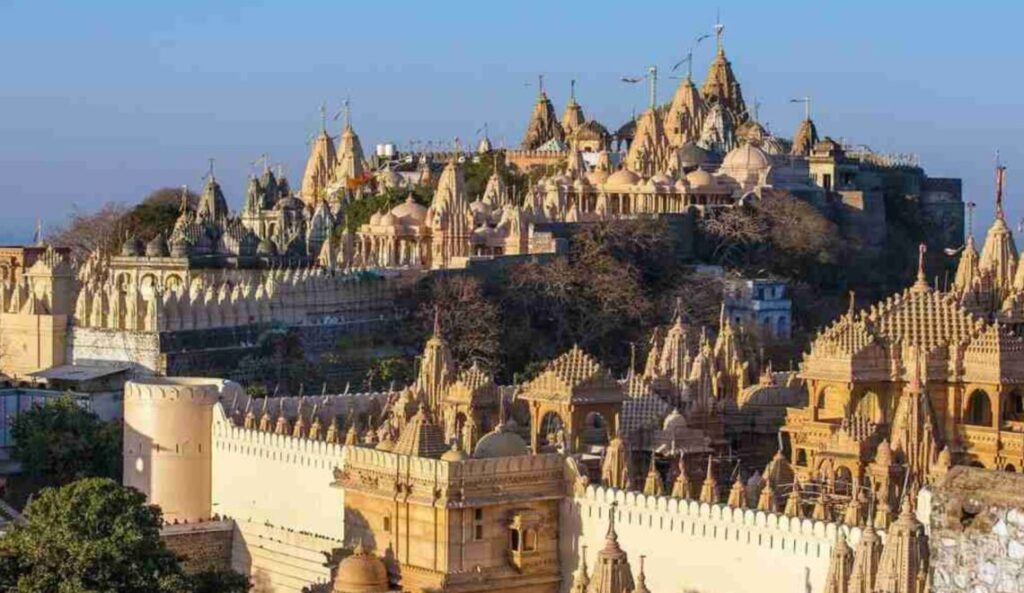Welcome to heritage sites in Gujarat, where the rich tapestry of culture intertwines with history to create an enchanting journey through time.
However, some of the most revered treasures recognized by UNESCO as World Heritage Sites in Gujarat 2024 lie amidst the vibrant landscapes and sacred sites.
These sites, steeped in history and architectural brilliance, stand as testaments to the legacy of this land.
From the awe-inspiring Rani ki Vav, an intricately designed stepwell, to the majestic Champaner-Pavagadh Archaeological Park, each site narrates a saga.
So, join us as we explore the UNESCO World Heritage Sites in Gujarat list, where every step reveals a new chapter of grandeur and wonder.
Champaner Pavagadh Archaeological Park (2004)
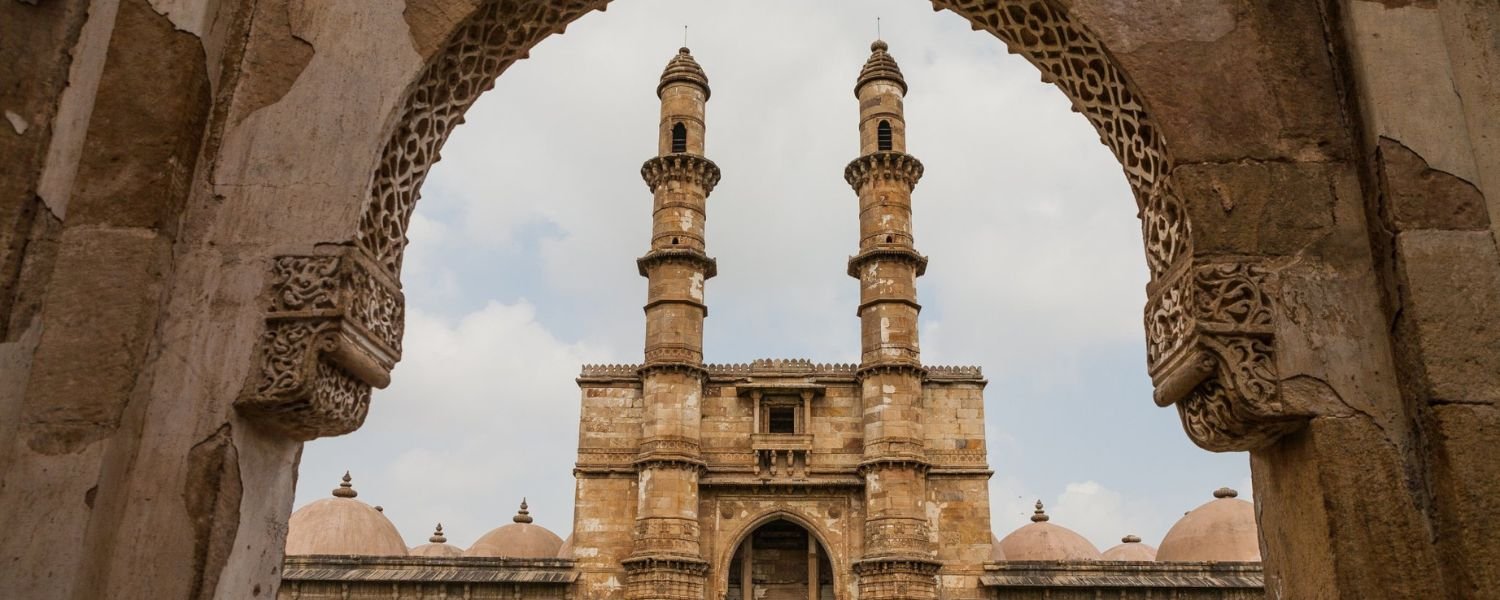
However, step into the bygone era of Gujarat’s former capital, Champaner, where ruins whisper tales of its glorious past.
Spanning an expansive 1,329 hectares, this park is a treasure trove of architectural marvels, from prehistoric Chalcolithic sites to 16th-century Gujarat.
Moreover, every corner tells a story of a bygone era, from the remnants of ancient civilizations to the imposing hill fortress.
So, situated in Vadodara, Gujarat, the park beckons explorers, especially during the pleasant months from October to February.
Further, operating hours from 8:00 AM to 6:00 PM (monuments) and 8:30 AM to 5:00 PM (Champaner Pavagadh Archaeological Park) provide ample time to soak in the historical ambiance.
Entry is priced at ₹ 30 for Indian visitors and citizens from SAARC and BIMSTEC countries, ₹ 500 for foreign visitors, with additional facilities available for ₹ 750.
Dholavira (2014)
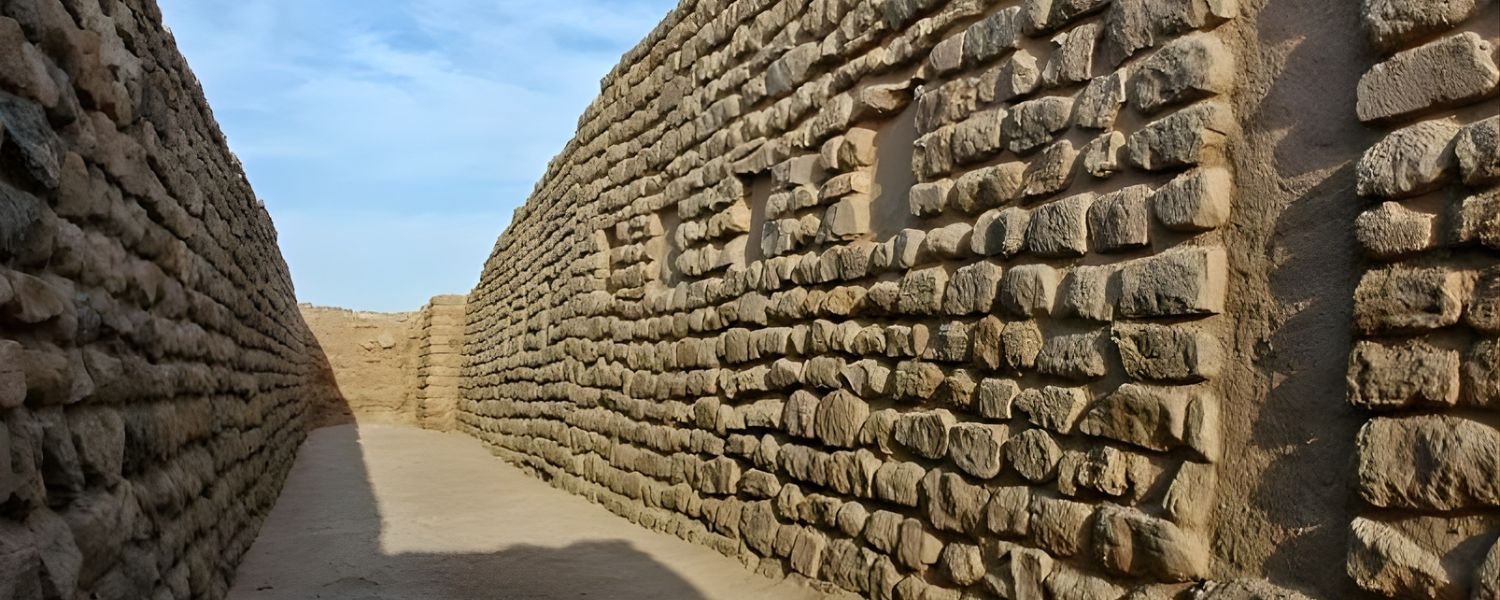
However, in the desolate Khadir Bet, Kutch district, lies Dholavira, a UNESCO world heritage site in Gujarat. This ancient marvel is one of the largest Harappan sites, drawing archaeologists and history enthusiasts alike.
Its intricate water management systems, stone constructions, and burial structures offer glimpses into a civilization that thrived for over 1500 years.
The ideal time to explore is during the winter, from October to March, although visitors are welcome anytime. Moreover, the entry fees are not available, the site’s operational hours, from 6:00 AM to 8:00 PM, ensure ample opportunity for exploration.
Rani ni Vav (2014)
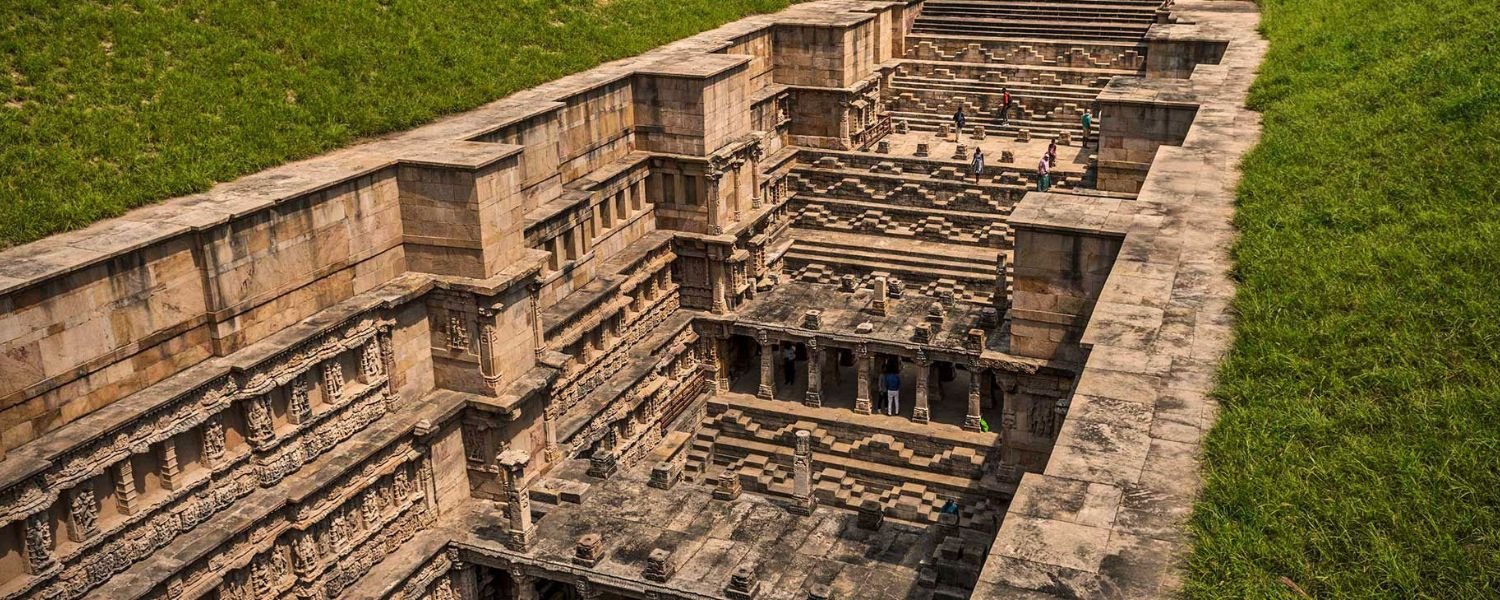
Nestled alongside the mythical Saraswati river in Patan, Gujarat, Rani ni Vav is a splendid tribute to love and craftsmanship.
Commissioned by Rani Udayamati in the memory of her husband, Bhimdev I, this stepwell served as a vital water source for the residents of Gujarat.
Its intricate carvings, adorned with images of deities, narrate tales of a bygone era. However, open from 8:00 AM to 7:00 PM, the best time to immerse oneself in its beauty is from October to March when the weather is pleasant.
Entry is priced at ₹40 for Indian visitors and up to ₹600 for foreigners.
Old Ahmedabad (2017)
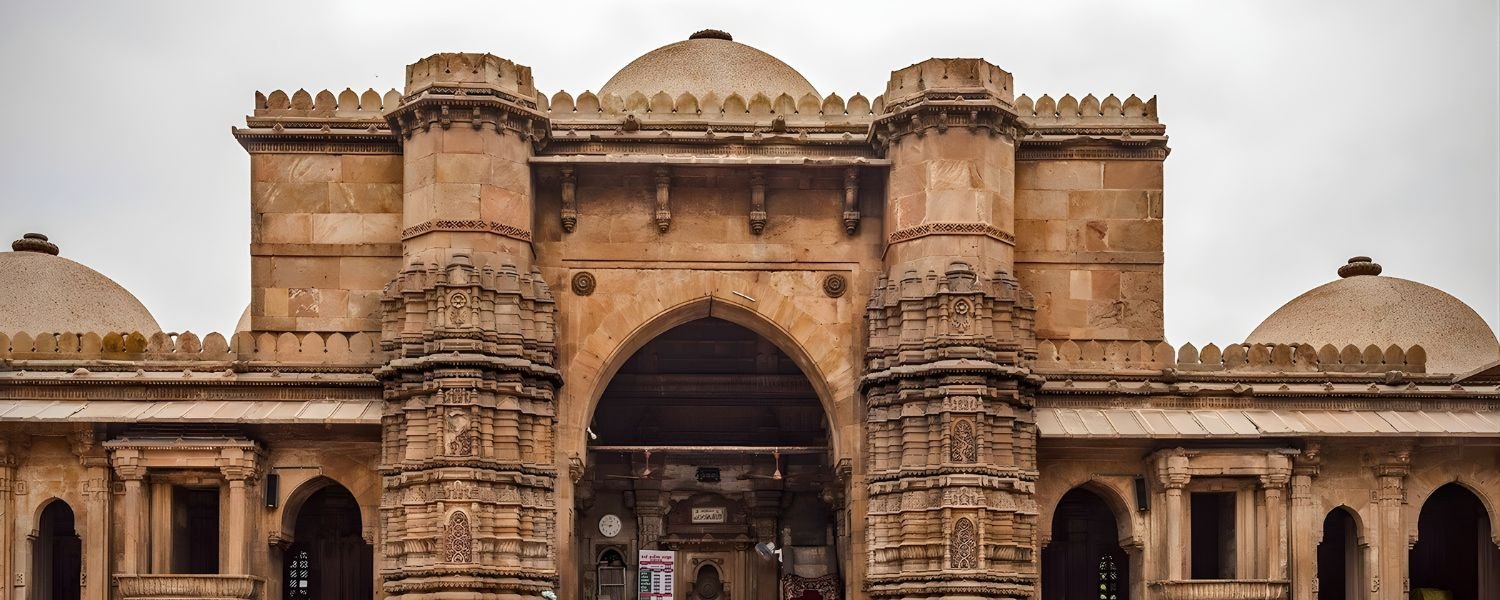
Old Ahmedabad, a tapestry of history and heritage, beckons travelers with its timeless charm.
This city, steeped in the legacy of non-violent movements and religious harmony, offers a glimpse into its storied past through its monuments of Gujarat, museums, and palaces.
There’s much to explore and cherish, from the tranquil Sabarmati Ashram to the serene Kankaria Lake. Visit any time of the day, but the winter months from November to February offer an exceptionally delightful experience.
Wild Ass Sanctuary (2006)
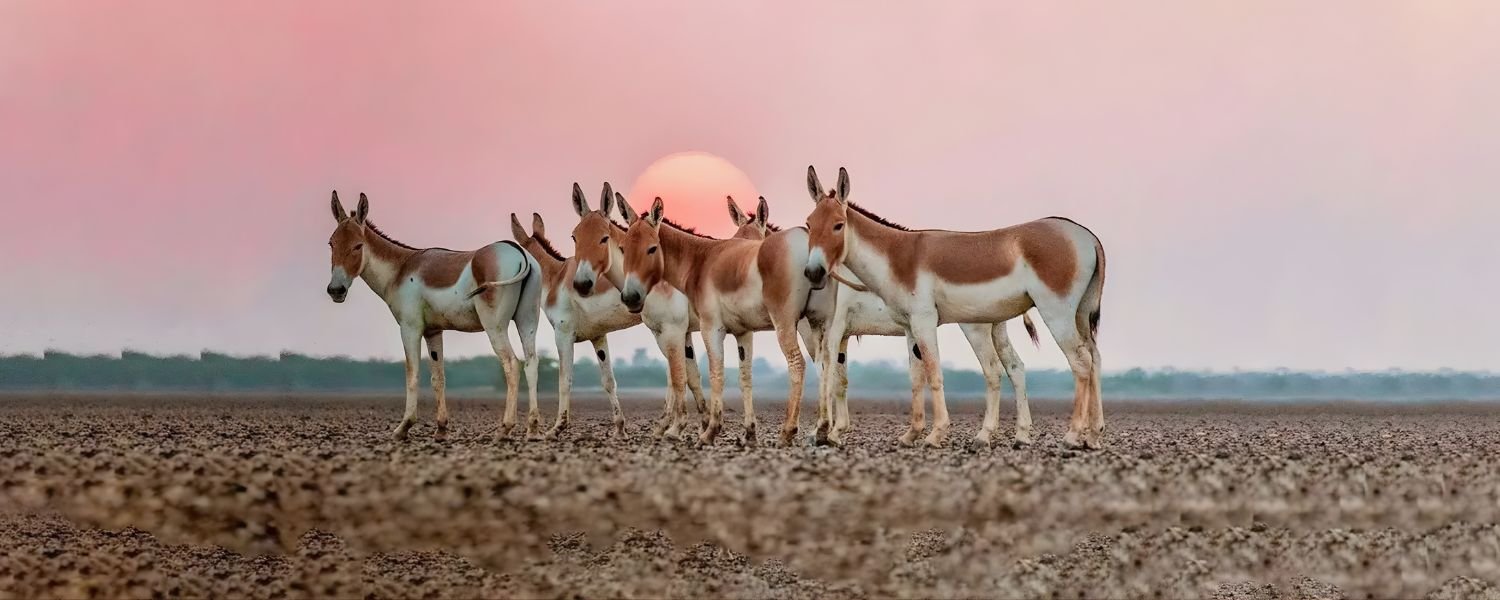
Nestled within the expansive 4954 sq. km expanse of the Little Rann of Kutch, the Wild Ass Sanctuary stands as a testament to the region’s biodiversity.
Named after the rare and majestic wild ass, this sanctuary is home to a diverse array of wildlife, including Indian wolves, jackals, caracals, and blackbucks.
Moreover, it shelters 350 species of birds, making it a paradise for birdwatchers. Amidst the arid landscape, sparse vegetation thrives, primarily comprising xerophytic species.
Further, open to visitors from 6:00 AM to 6:00 PM, with a brief hiatus at 1:00 PM for lunch, the sanctuary offers a glimpse into the natural wonders of Gujarat.
Entry is charged per vehicle, with fees set at ₹ 600 for Indians and up to ₹ 2600 for foreigners. For an optimal experience, plan your visit between October and November.
Archaeological Remains of a Harappan Fort Town (2014)
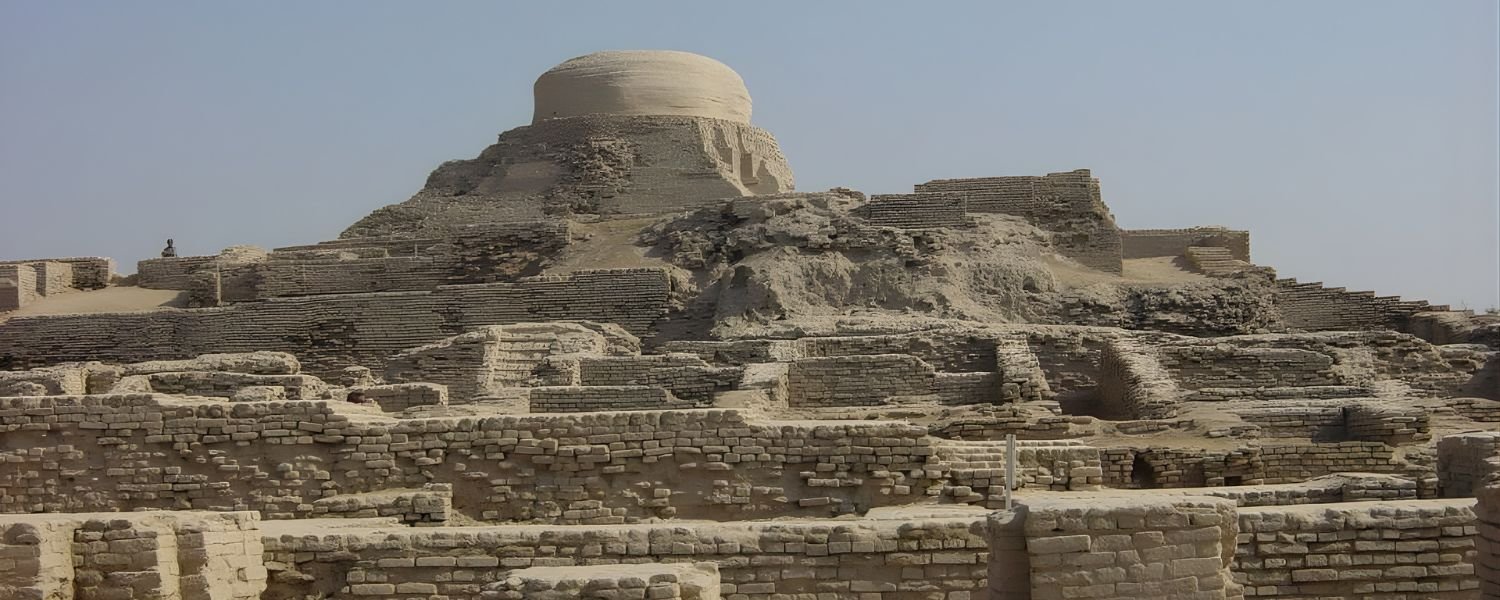
On the banks of the Sabarmati River lies the Archaeological Remains of a Harappan Fort Town, a site steeped in history and archaeological marvels.
At Lothal, visitors can immerse themselves in the remnants of an ancient bead-making industry and marvel at an extensive collection of shells.
The accompanying museum showcases over eight hundred artifacts unearthed during archaeological expeditions, including intricately crafted jewelry pieces and painted pottery displayed within glass cases.
However, open from 10:00 AM to 5:00 PM, with an entry fee of ₹ 5/person, the site offers a fascinating journey through Gujarat’s ancient past. The ideal time to explore is from November/February, when the weather is pleasant and the site is most picturesque.
Conclusion
In conclusion, the world heritage sites in Gujarat year wise stand as timeless testimonials to the culture and history woven into the fabric of this enchanting land.
From the ancient ruins of Champaner Pavagadh Archaeological Park to the intricate carvings of Rani ni Vav, each site narrates a saga of architectural brilliance and historical significance.
Moreover, including Dholavira on UNESCO’s list highlights Gujarat’s profound cultural heritage. As visitors traverse through these marvels, they witness the grandeur of the past and gain a deeper appreciation for Gujarat’s enduring legacy.
These sites serve as beacons, guiding us through the annals of time and preserving the essence of Gujarat’s cultural heritage for generations to come.
FAQ
Q: Which city of Gujarat has recently found a place on the UNESCO World Heritage List?
A: The correct answer is Dholavira. Dholavira, a Harappan-era metropolis in Gujarat, has been inscribed on the UNESCO World Heritage List.
Q: What is Gujarat’s cultural heritage?
A: Gujarat’s cultural landscape includes many festivals, art forms, and rituals. The state’s most famous festival, Navaratri, showcases exuberant Garba and Dandiya Raas dances accompanied by rhythmic music that reverberates through the nights.
Q: What is Gujarat’s famous heritage?
A: Dating back to the Indus Valley Civilization era, AKA Harappan culture, Dholavira is a 4,500-year-old excavation site. It is one of the most famous heritage sites in Gujarat, and Mr. J.P. Joshi discovered it in 1967.
Q: Which is the first World Heritage Site in Gujarat?
A: However, Sultan Ahmad Shah founded the walled city of Ahmadabad in 1411 AD on the eastern bank of the Sabarmati River. However, it continued to as the capital of the State of Gujarat for six centuries. The old city is considered an archaeological entity, with its plotting, which has primarily survived over centuries.
